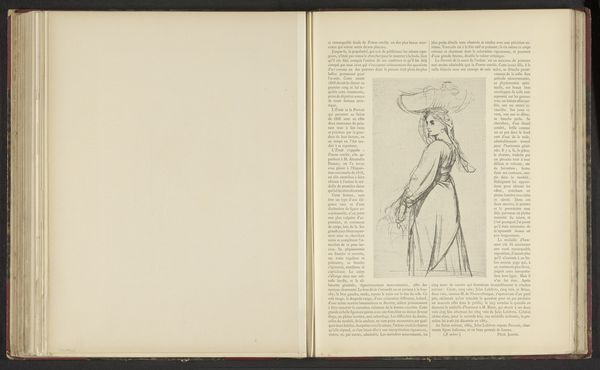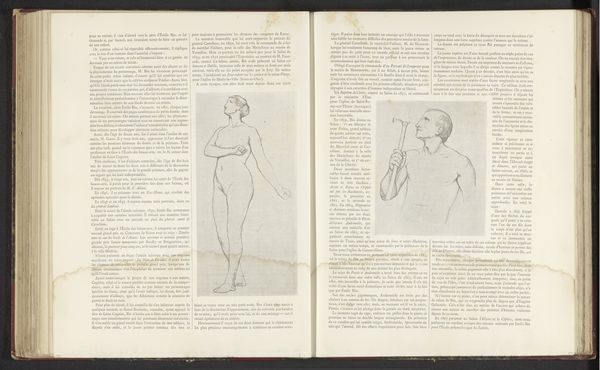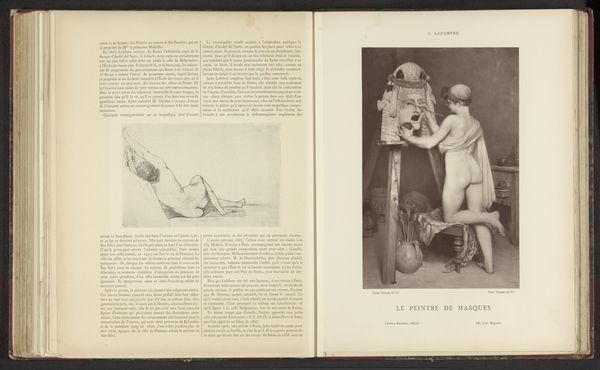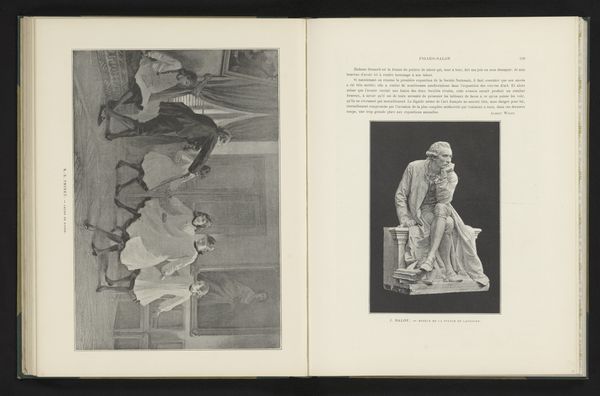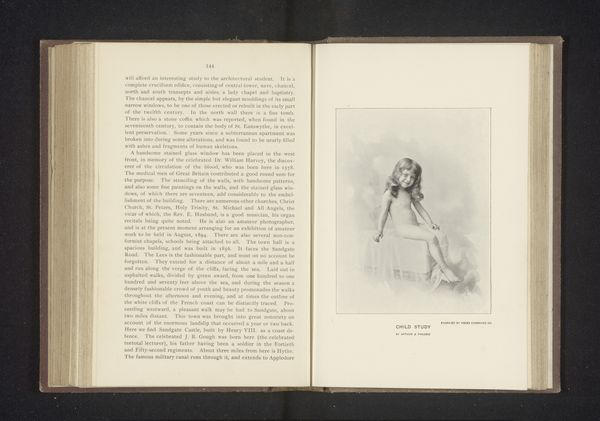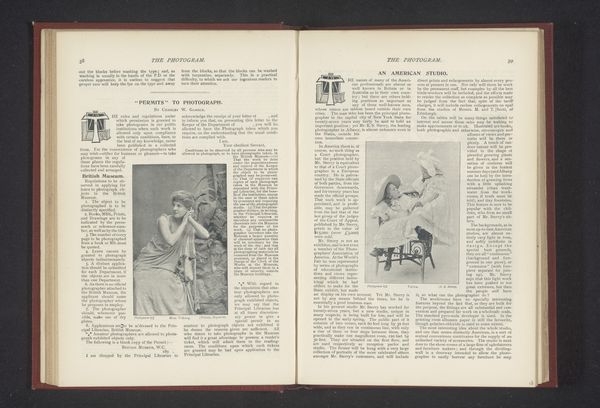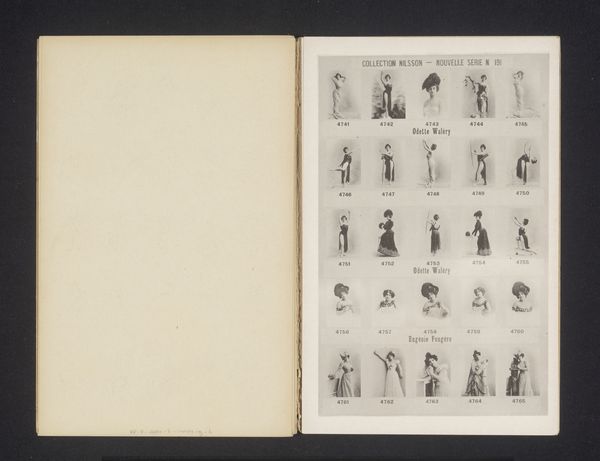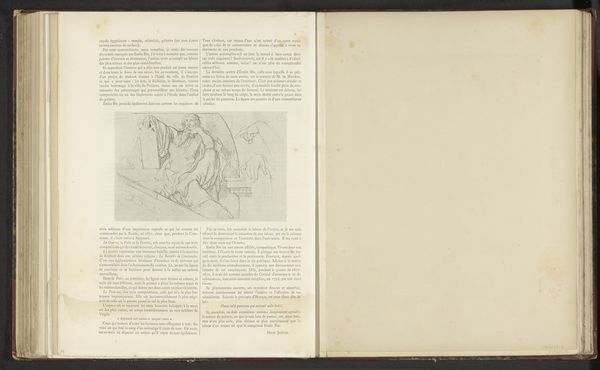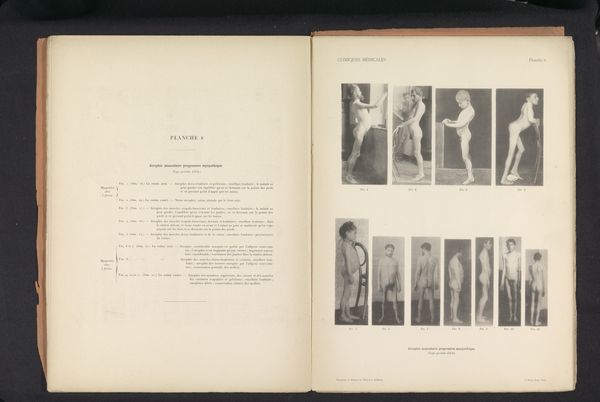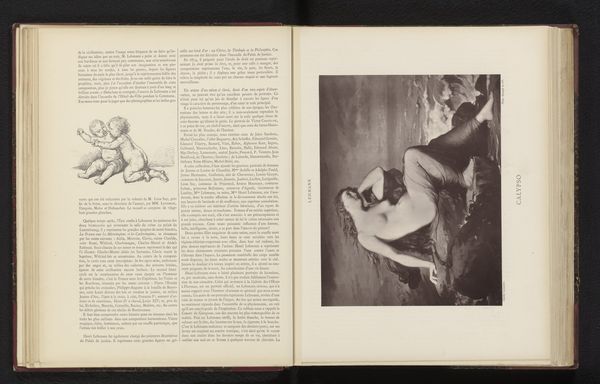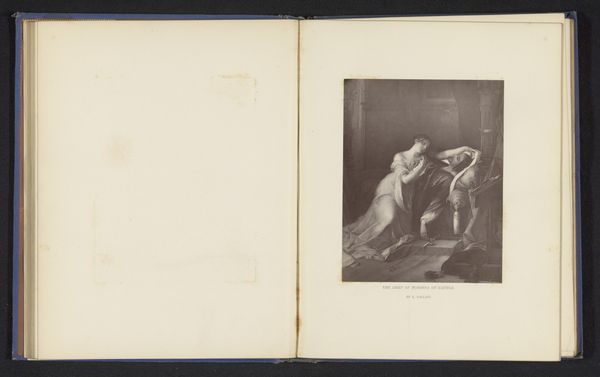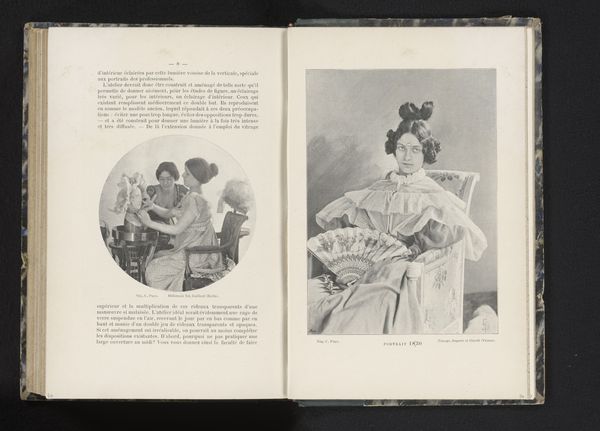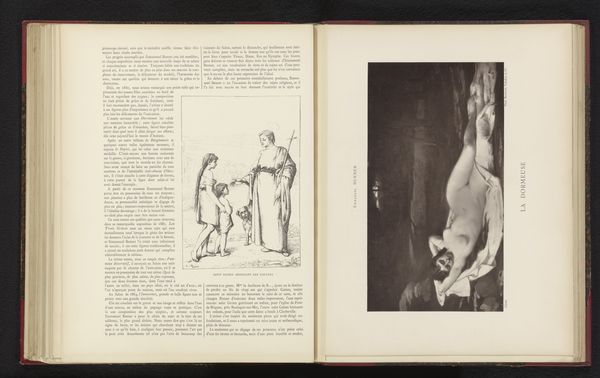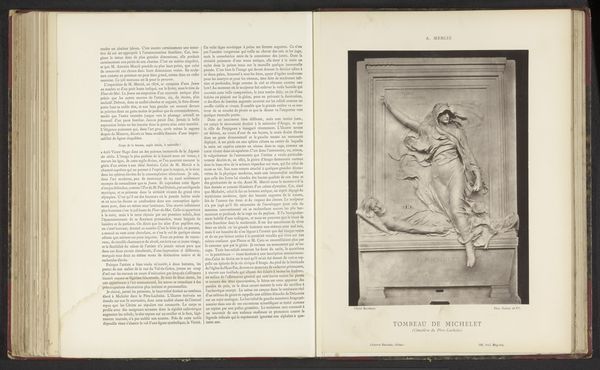
Fotoreproductie van vier tekeningen door vermoedelijk Jules Joseph Lefebvre, voorstellend armen, benen en een hand before 1879
0:00
0:00
drawing
#
portrait
#
drawing
#
figuration
#
academic-art
Dimensions: height 348 mm, width 270 mm
Copyright: Rijks Museum: Open Domain
Curator: Right, so here we have a photographic reproduction of four drawings attributed to Jules Joseph Lefebvre, likely made before 1879. They depict studies of arms, legs, and a hand. Editor: My first thought? Elegant but unsettling. Isolated body parts always give me a slightly Frankensteinian vibe. What were these studies for, exactly? Curator: Well, Lefebvre was a prominent academic painter, so it's quite plausible these are preliminary sketches, perhaps for a larger figure composition. A means to master anatomy before applying it to a grander narrative. These drawings allowed for close examination and technical refinement, in the pursuit of artistic perfection. Editor: Artistic perfection that served what ends? These detached limbs read differently today. They can represent dismemberment, exploitation, and a society obsessed with dissecting and controlling bodies, especially female ones. Is it a celebration of the human form, or an objectification? Where is the whole person in all of this? Curator: I see your point. It's a valid lens. But let's also consider the context. Academic art valued the idealized form, yes, but it also prized skill, precision. Look at the shading, the delicate rendering of muscle and bone. Lefebvre sought truth through observation, not just aesthetic appeal. Perhaps it also reflects a limited understanding of intersectional narratives. Editor: The technique is undeniably impressive, I grant you that. And I guess the intention matters, though sometimes the impact transcends it. Still, seeing these fragments makes me think about how often bodies, especially women's bodies, are fragmented and commodified for artistic or political gain. How often we only get parts of stories rather than the whole. Curator: That resonates. It certainly speaks to how artworks are never static, never complete, in meaning. Each encounter changes, as new perspectives emerge, as history re-interprets them. It's not enough to consider the artist's intention alone. What else should our audience think about? Editor: Yes, exactly! In their role as viewers of this book page. After all, who benefits from beauty? Who determines who gets to be beautiful, and who is conveniently cropped out? Whose voices and lives become footnotes in history? That's where my curiosity lies today.
Comments
No comments
Be the first to comment and join the conversation on the ultimate creative platform.
